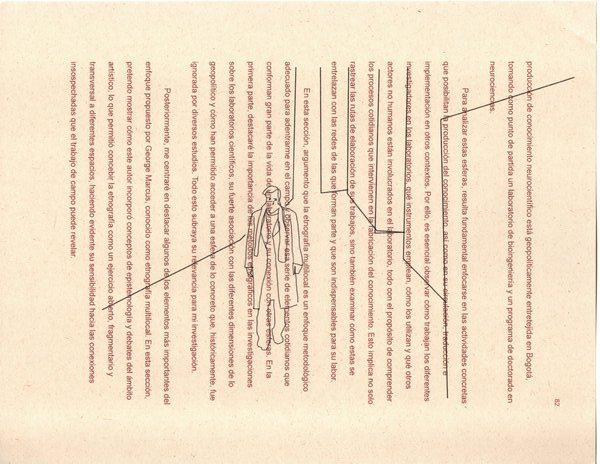
Feeling Adrift in the Ethnography of a Laboratory
This semester, I officially began my fieldwork for my doctoral dissertation in the city of Bogotá. As part of an ethnography, I will be wandering through different neuroscience laboratories in Colombia, observing some of their studies as well as certain outreach activities they prepare. My questions aim to understand the academic and non-academic ties that enable the consolidation of research networks, and how these networks are also articulated with other spaces. (read more...)







